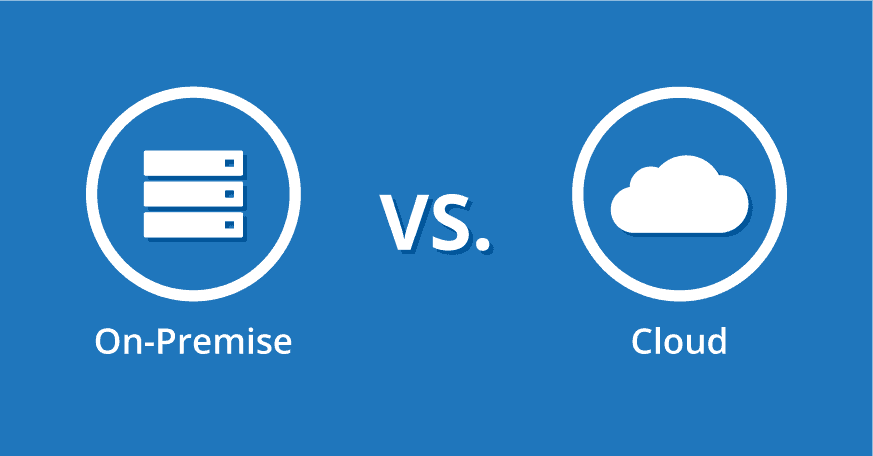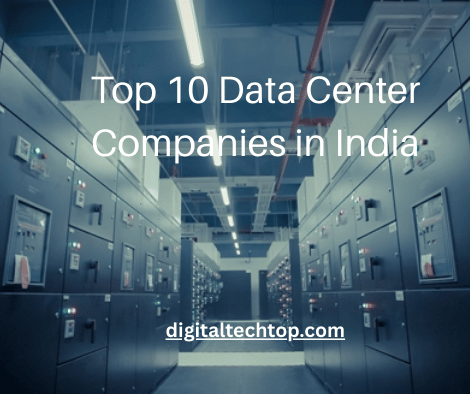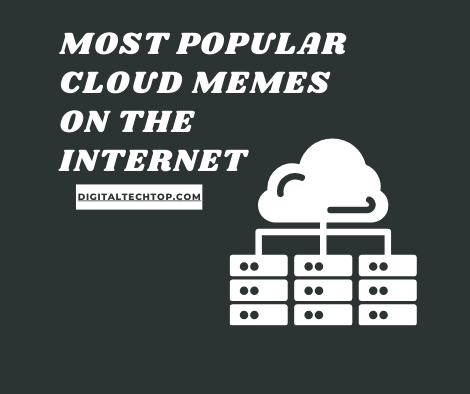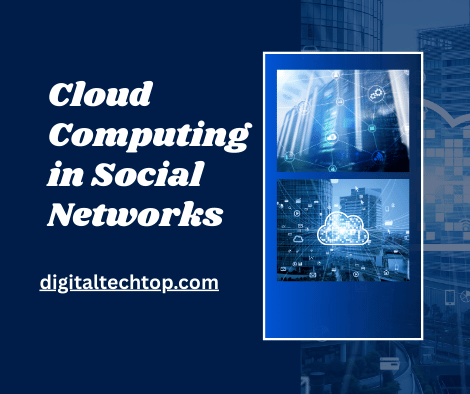On Premise Vs Cloud – What’s the Difference?

On-premise setups are beneficial for organizations that need to remain compliant with various industry regulations, such as HIPAA. Cloud computing models, on the other hand, require organizations to conduct due diligence, making sure that third-party service providers are up-to-date and adhere to industry mandates. If you’re unsure of the best choice for your business, read on to learn the key differences between On-Premise and Cloud.
On Premise vs. Cloud
The debate between on-premise and cloud computing has become increasingly common as organizations seek to better manage their IT infrastructure. The two types of computing platforms differ in the amount of data that they store and how easily they access it. While the former offers more control over data, the latter is less expensive and easier to maintain. These differences make it critical to evaluate the pros and cons of each model before making your final decision. In this article, we’ll explore both models in detail.
In general, on-premise systems provide more control over critical data. This is particularly beneficial for SME businesses because they don’t need to be connected to the internet to access data. Cloud services can be less secure for highly regulated industries, and may not be suitable for every company. On-premise software also offers more user control, while cloud services rely on third parties to provide access to data. Ultimately, on-premise systems are more secure.
On-premise software, or “on-premise,” is software that is installed and maintained on your own server. The cost of this software is typically covered by your organization. It is also customizable, unlike cloud software, which can’t be customized. Additionally, on-premise software is often customized to fit the specific needs of your business. And while on-premise applications are more secure, they require IT support. However, they are generally more expensive.
When choosing between cloud and on-premise systems, it is important to consider the benefits and limitations of each. On-premise software has a higher adoption rate, while cloud software doesn’t. The key differences between the two systems are the cost and privacy concerns. In addition, the cost and maintenance of the on-premise system is significantly lower. Cloud services require a strong internet connection. So, which option is best for your business?
On-Premise Software
Cloud computing and on-premise software are completely different. Earlier, companies used local software such as Microsoft Office, Adobe Creative Suite, or SAP. Using cloud computing has many benefits. The former offers strong data protection and total control over data, while the latter is ideal for smaller businesses and nimble IT departments. Ultimately, your business’s decision should be based on your specific needs and your budget.
The size and type of your organization also plays a factor in the choice of software. Global companies that operate from different time zones, countries, and locations often use cloud-based software. Alternatively, small and medium-sized businesses are more likely to benefit from on-premise deployment. But which is better for your business? Here are a few things to consider:
When it comes to cost, cloud-based software is usually paid by subscription. On-premise software, however, typically involves a one-time perpetual license cost and implementation costs. However, a subscription to a SaaS may cost as much as a single on-prem deployment for five years. This means that you might want to pay one big bill up front instead of making smaller payments over time. Of course, new hardware and software are expensive, so you may want to pay a monthly fee rather than a one-time fee.
On-Premise Software vs. Cloud: What is the difference? On-premise software costs more and is less flexible than cloud solutions. But cloud solutions are highly adaptable and can be scaled as your business grows. If you need to add more users, cloud software allows you to do so with minimal additional hardware and software. You can also benefit from continuous updates from the provider and service management features of cloud solutions.
Cloud Computing
There are some fundamental differences between on-premise and cloud computing. Businesses that use the cloud typically pay a monthly fee to a third-party cloud provider who hosts the computing infrastructure. The cloud provider’s servers are distributed around the world, so business owners don’t have to worry about monitoring and managing them. Additionally, the cloud provides a more flexible model, as businesses pay only for the resources they actually use. Users are also less concerned with maintenance and upgrades of their infrastructure, and cloud providers are able to scale up their services quickly and easily to meet the needs of their clients.
Cloud computing is a type of hosting service that stores and processes data from remote servers, which can be accessed from anywhere. Because different types of businesses use cloud services, some only need certain resources and others build their own applications and infrastructure. As such, cloud service providers developed different models to meet these needs. However, they are both essential to business. To make a choice between cloud computing and on-premise computing, it is helpful to understand what each offers.
On-premise environments typically require dedicated hardware and maintenance. These servers can get hot, and may require a dedicated team to handle them. Additionally, these systems must also be kept cool – and this can pose a safety hazard. Finally, organizations that are using on-premise environments will be responsible for maintaining the equipment and infrastructure. As a result, on-premise infrastructures tend to be more expensive to maintain.
Key Differences of On-Premise vs Cloud
While cloud solutions have become more popular over the past few years, on-premises implementations still have a valuable role to play in the business world. Both have their advantages and disadvantages. Listed below are the key differences between cloud solutions and on-premises implementations. To make the best choice for your business, a managed services provider should be able to help you decide which is right for your needs.
On-premise software requires a one-time installation fee and hardware investment. Enterprise-grade software can be fully customized, while Cloud services require a third-party provider. However, customization is limited and depends on the service provider. Typically, Cloud services are packaged with Managed IT Service. With Managed IT Service, the responsibility of managing the hardware and software on-premise is transferred to a specialist provider. They also handle software upgrades and security patches.
On-premises resources are finite and come with limitations. Memory and compute power are often limited and based on availability. Organizations must also determine how to use these resources to their maximum potential. Additionally, organizations must determine which type of maintenance plan will best match their needs. Further, on-premises resources may be more expensive to purchase and maintain than cloud solutions. Aside from the technical requirements, these costs can make it harder to make long-term financial predictions.
With the right mix of cloud and on-premises options, you’ll have the best of both worlds. With on-premises solutions, your IT team can choose the best combination of cloud infrastructure and on-premises solutions for your business. In addition to this, managed services will also reduce your costs by enabling your IT team to focus on strategic priorities. Education services are available to help IT teams master the necessary skills to manage hybrid cloud solutions.
Hybrid Cloud Solutions
On-premise resources provide finite storage, compute power and memory. Organizations must plan how to use these resources and what maintenance to perform. Unlike the cloud, on-premise resources are not as flexible as the cloud, which limits an organization’s storage, application and database use. Furthermore, many organizations struggle to switch over to a cloud-based payment model. In such a case, a hybrid cloud solution might be a better option.
The primary advantage of cloud-based solutions is scalability, and they typically provide unlimited growth. However, they require a lot of vendor management. Some industries don’t allow all data to be stored on public cloud systems, so a hybrid solution may be best for them. A hybrid cloud solution can combine on-premise solutions with private cloud solutions. In addition, cloud solutions are typically the most cost-effective, since upfront costs are not incurred.
Another advantage of hybrid cloud solutions is the flexibility. The cost of running on-premise servers can be substantial. In addition, hybrid cloud solutions can be difficult for smaller organizations. The cost of installing, maintaining and securing private servers can be prohibitive for small organizations. Additionally, applications that require high-speed access may not be suitable for hybrid cloud environments. Furthermore, latency may be a factor in data download and storage.
The hybrid cloud solution gives companies flexibility and scalability. The combination of private and public cloud resources allows companies to store sensitive data in a private cloud while storing backups and archives in the public cloud. These hybrid clouds also give companies agility and the ability to change resources in the short-term. For example, companies with seasonal demands can purchase more public cloud storage space and avoid investing in expensive servers.






